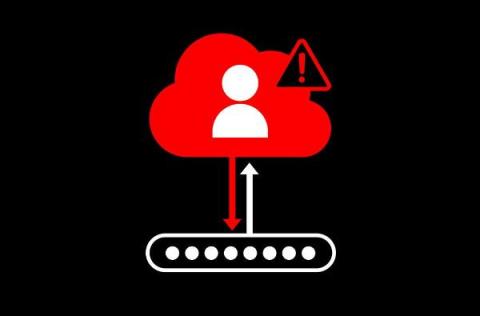UK Councils Under Cyber Attack: The Urgent Need for a Culture of Cybersecurity and Resilience
The very fabric that stitches our society together — our councils and local governing bodies — is under a silent siege from cyber attacks. The recent ransomware assault on Leicester Council is another real life cybercrime added to a growing list of attacks in the UK.











